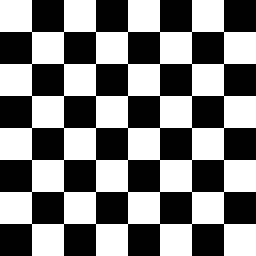idc:
There has been a very large study of HDMI cables, which I cannot link to due to the rules, but it found no difference in measured performance between cables until a certain length was reached. Then lines, sparkles etc would appear. The one difference between the cables tested was the length before failures happened. It did not matter of the cable was cheap or expensive either to the final result.
Just to say, I'm in the sceptical but 'don't know' camp. I've only ever had one HDMI cable ant I'm happy with it....
idc, you've referred to this study before. I just wondered whether you're able to help with axman's points. ie what is it at a certain length which produces failure manifesting in sparklies etc? If that occurs at, say, 20m, is there a less visible/obvious problem at 19.9m? Or is it simply that they're all the same until failure (and therefore sparklies etc), just that the length of that failure is different?
Thanks

There has been a very large study of HDMI cables, which I cannot link to due to the rules, but it found no difference in measured performance between cables until a certain length was reached. Then lines, sparkles etc would appear. The one difference between the cables tested was the length before failures happened. It did not matter of the cable was cheap or expensive either to the final result.
Just to say, I'm in the sceptical but 'don't know' camp. I've only ever had one HDMI cable ant I'm happy with it....
idc, you've referred to this study before. I just wondered whether you're able to help with axman's points. ie what is it at a certain length which produces failure manifesting in sparklies etc? If that occurs at, say, 20m, is there a less visible/obvious problem at 19.9m? Or is it simply that they're all the same until failure (and therefore sparklies etc), just that the length of that failure is different?
Thanks


